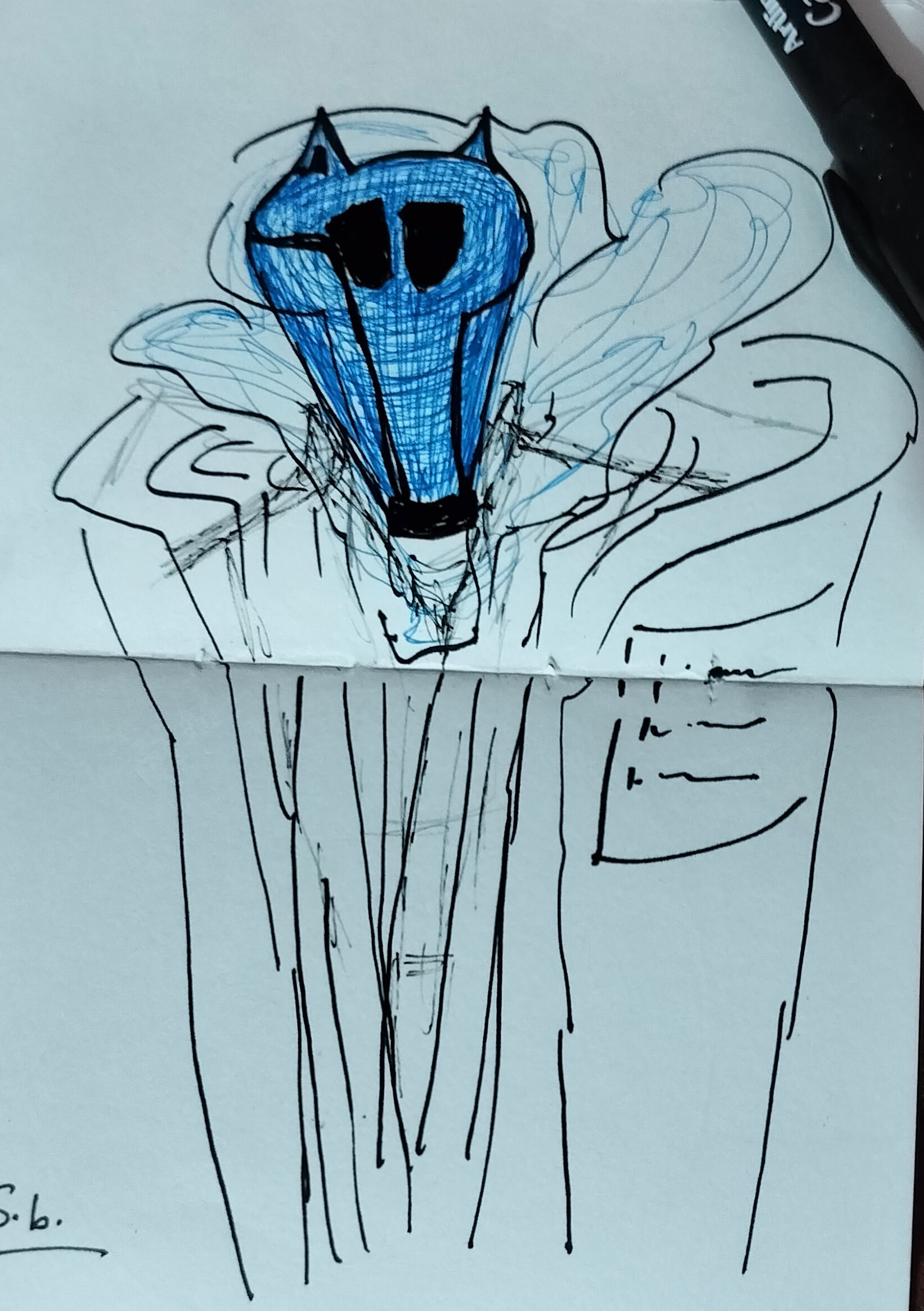Between A & I: Theoretical Questions About Strong vs. Weak AI in the Mainstream
A wrote this piece five (5) years ago for Analytics India Magazine, now it feels dated and out of pace.
As AI becomes ubiquitous, it forces us to confront deep questions about intelligence and humanity. At the heart of this inquiry is the divide between Strong AI—machines with genuine cognition and self-awareness—and Weak AI, which merely mimics intelligence without true understanding. The paradox? We test for Strong AI (e.g., the Turing Test) but have only built Weak AI so far.
Turing’s Imitation Game set the functionalist standard for AI, but critics like John Searle’s Chinese Room Argument highlight the gap between appearance and comprehension. AI today operates procedurally—like memorizing multiplication tables rather than grasping mathematical principles. This is why most AI applications, from robotics to expert systems, fall into Weak AI’s domain.
Roger Penrose and Douglas Hofstadter push deeper: intelligence isn’t just computation but emerges from recursive self-awareness—what Hofstadter calls a soul. If AI is to reach Strong AI, it must move beyond logic and algorithms toward a true entanglement of intelligence, self, and emotion. Until then, AI remains a powerful tool—but not a mind.


Leave a Reply